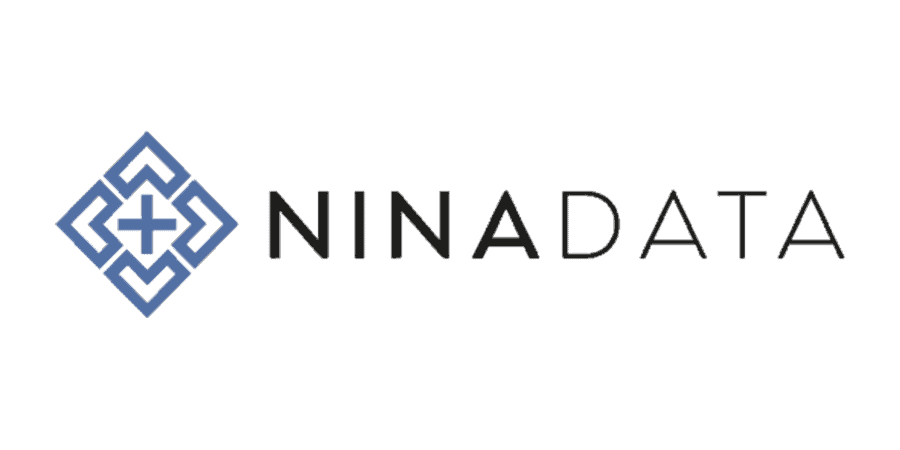
NLP & Contextual Intent in advertising – what are they and why are they important?
December 20, 2022
Meet us at MWC Barcelona 2023
February 23, 2023Contextual Advertising Trends 2023
Contextual Advertising Trends 2023
Our top picks for where contextual advertising is going in 2023, and what trends you want to be prepared for.
The cookie extinction is coming in 2024, ending the third-party data collection that advertisers have relied on for decades. To produce successful future marketing campaigns, advertisers and brands need to invest in comprehensive adtech that will inform their marketing strategy, determine their creative direction and ensure the right message reaches the right audience to drive success for their business.
This means 2023 is set to be filled with fierce and hectic change as brands and advertisers scramble for efficient privacy-first solutions.
Here are NinaData’s five contextual advertising trends to look out for next year:
Increased use of artificial intelligence and machine learning
One of the biggest trends in the contextual advertising industry is the increasing use of AI and machine learning to improve targeting and personalisation.
Contextual advertising today is way more than just keywords – with natural language processing (NLP), AI can understand the nuance, sentiment and true meaning of the content on the page. And it’s dynamic, so when the page content changes, so do the ads.
Advertisers and brands can deliver amazing personalised ad creatives to capture engagement at the right time and place.
Advertisers will increasingly use these technologies to analyse large amounts of data to understand their target audience better and deliver more relevant ads. Additionally, AI-powered tools will be used to optimise ad performance in real time, making adjustments to ad delivery based on factors like audience engagement and conversion rates.
First-party data and contextual targeting
There will be a clear shift toward contextual targeting and using first-party data in 2023. Publishers with first-party data will be able to monetise their content more effectively. The loss of third-party cookies due to privacy concerns is a challenge brands must overcome in order to build a rich first-party database for contextual targeting.
To improve return on investment (ROI) on advertising, publishers will likely prioritise privacy in 2023 and experiment with solutions such as clean data rooms, customer data platforms (CDP), and unique identifiers.
Increased consumer frustration at privacy intrusions
Consumers are getting increasingly tired of ads following them around the internet. The reason this happens is that advertisers are still heavily using cookies. Rather than an identity-based approach, contextual ads are all about relevancy to the content environment, not the user. It provides trust and protection for consumers while giving them relevant ads to make buying decisions and advertisers the ROI they need.
Moving into 2023, it’s clear that brands should be exploring contextual solutions to reach that privacy-first destination.
Brands will fully leverage contextual on social platforms
Due to the way that the algorithms on TikTok and Instagram work, users tend to be shown certain types of posts and video content based on their previous interactions. If you’ve watched and liked some dog videos, the algorithm will try and show you more dog videos because it thinks you love the content.
On Reddit, users build a community over common interests, creating content and gaining feedback from other community members within a feed. These are often categorised, meaning advertisers and brands can more easily offer valuable ads alongside these categories.
Clever brands will utilise contextual targeting to show ads alongside these types of content. This enables brands to stay relevant but targeted and successfully talk to their consumers, as it enhances the consumer experience on the social platform rather than interrupting it.
An IAS Study ran last year revealed that ad-context increased memorability by up to 40%. Nicknamed the “context effect”, it found that ads which were aligned to their surrounding content drove a 23% lift in activation in the part of the brain responsible for the memory of practical details. These include calls to action, branding, key messages, etc. So if brands can get it right with consumers, contextual advertising has the potential to bring much wider brand awareness.
Due ‘24, do ‘24.
It could very well be that some brands and companies don’t make drastic moves in 2023, as they can still benefit from using cookies until they go extinct in 2024. Then, only when push comes to shove will they move to privacy-first options like contextual advertising. But by then, it’ll probably be too late.
They will have lost their edge to the brands and advertisers that adopted contextual advertising early and already know how to understand and target the buying intent of consumers. So expect to see some big winners and losers, with the losers in 2024 probably being those that adopted privacy-first options after everyone else.
In conclusion
The contextual advertising industry is likely to experience rapid growth in 2023 as more companies adopt AI and machine learning to improve targeting, personalisation, and performance. At the same time, there will be a greater emphasis on privacy and data security, and contextual advertising will become more personalised. As a result, companies that are able to adapt and take advantage of these trends will have a significant competitive advantage in the marketplace. The ones that don’t risk getting left behind.


